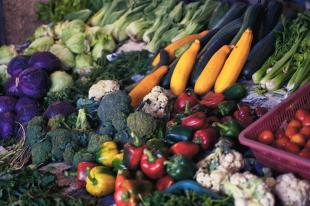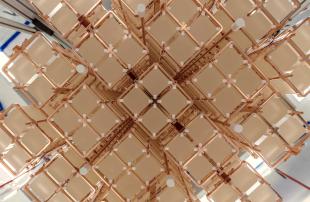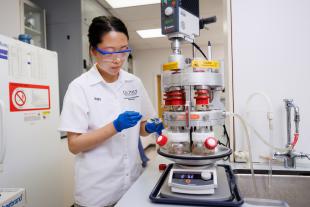Botany Student Travels to South Africa to Share Research, Build Connections
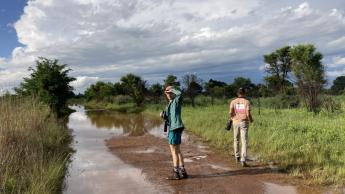
Biological sciences student TJ Samojedny is passionate about the natural environment — and he recently left the rolling hills of the Central Coast to further his career in South Africa alongside his advisor, biological sciences professor Nishi Rajakaruna.
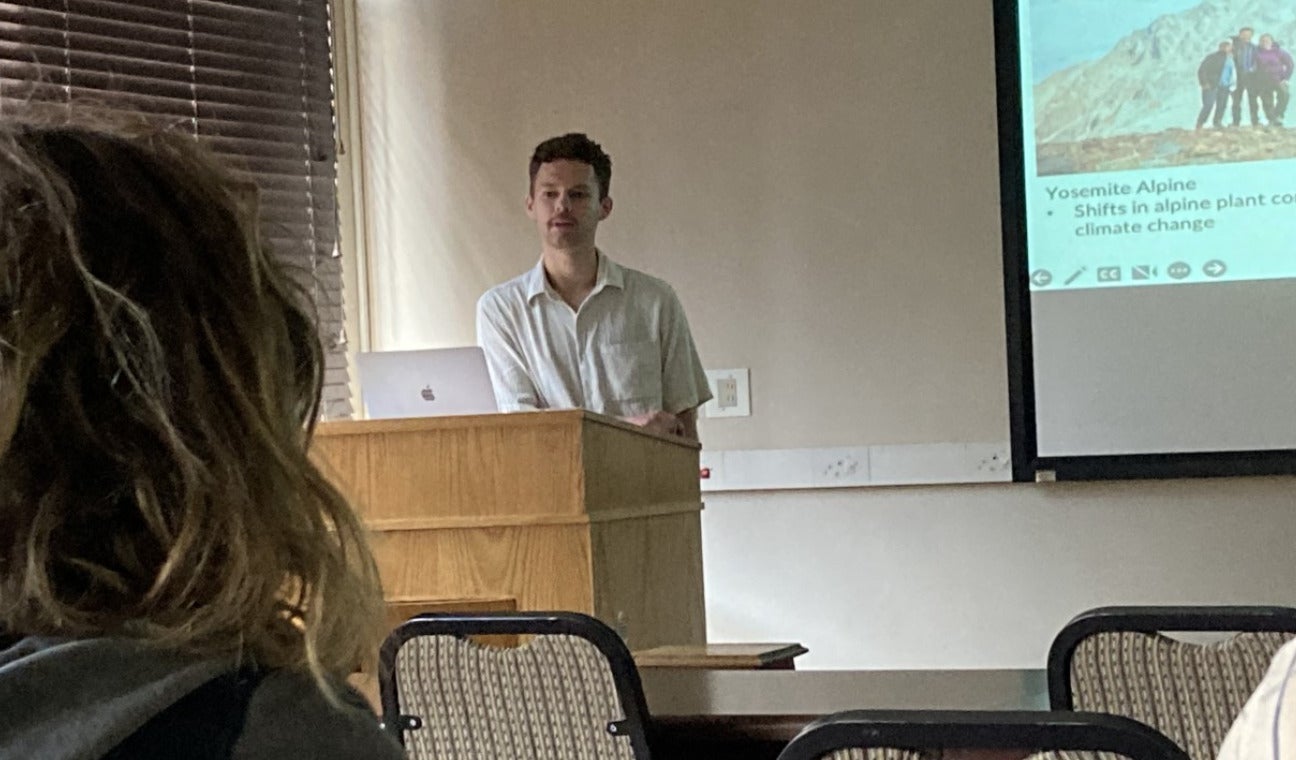
During his November visit to South Africa, Samojedny made a presentation and led a workshop with South African students and faculty on his senior project research: how to repurpose an X-ray device typically used in other geological settings to scan plant specimens. The work could help rehabilitate polluted environments, among other applications.
Over the past year and a half, as Samojedny and Rajakaruna worked closely to conduct plant biology research, Samojedny became an expert in X-ray fluorescence metal detection in plants — and one of his skills includes a comprehensive understanding of a portable X-ray fluorescence (pXRF) device.
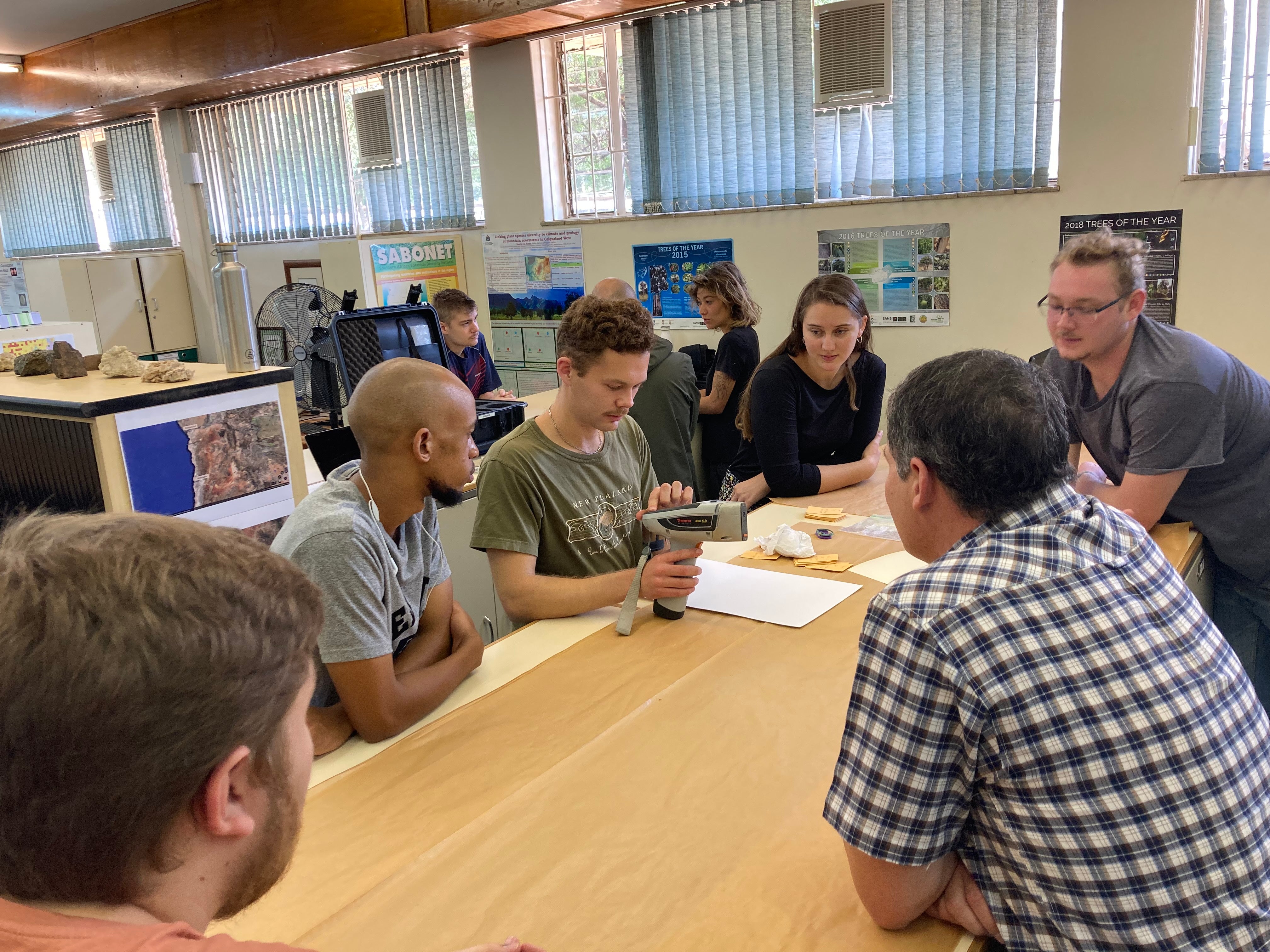
The device, commonly used in soil and rock metal detection, is on the cutting edge for plant-related metal detection. At Cal Poly, Samojedny is the go-to for expertise on using the device for plant monitoring and shared his knowledge of how to use it through his research papers and work in South Africa.
Part of Rajakaruna and Samojedny’s work is the study of plants called hyperaccumulators, which are plants that absorb unusually high concentrations of metals. This research can be used to help biologically remediate land that has been contaminated, such as heavily mined areas.
Hyperaccumulators can be used in “phytomining,” where metals that are absorbed by the plants, such as nickel, can be extracted with more environmentally-friendly methods than traditional industry practices. The pXRF device Samojedny uses can determine what types of metals plants have absorbed, and the levels of concentration, which can help in this process.
“I worked hard to develop my skills with this device in California to be able to share it with others,” Samojedny said.
Funding for the trip came from Cal Poly and North-West University in South Africa, where Rajakaruna is currently conducting ecology research via a year-long Fulbright scholarship.
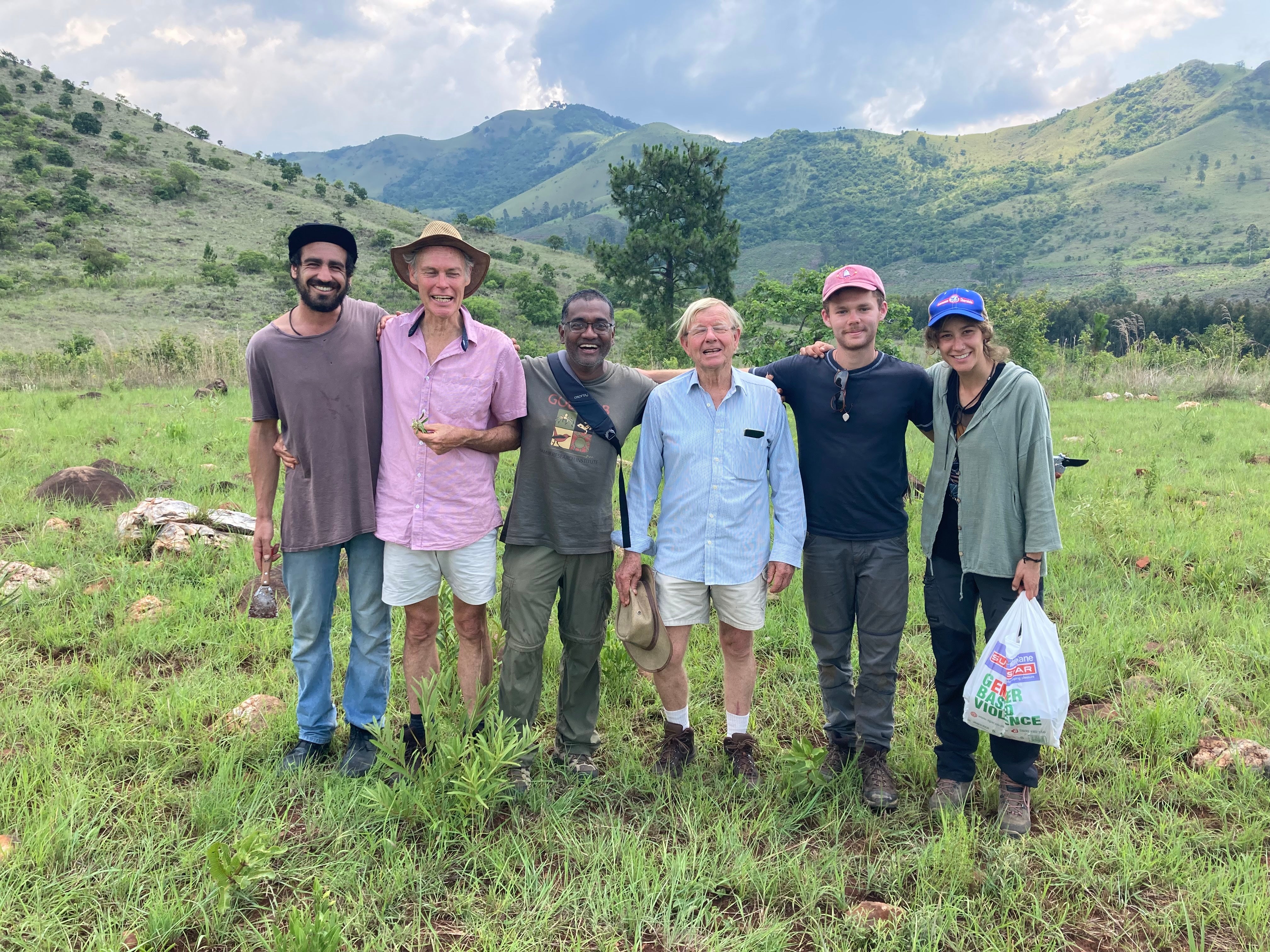
“I was highly impressed at how well he was able to communicate his senior project research and how effectively he was able to lead the workshop in collaboration with the South African team of students and faculty,” Rajakaruna said.
In addition to the seminar, Samojedny worked with a research team led by geoecology and geology faculty at North-West University, including professor Stefan Siebert.
Together they conducted field
work, including in unstudied South African areas of serpentine soil, where hyperaccumulating plants tend to flourish.
Samojedny also visited the CE Moss Herbarium at the University of Witwatersrand to start testing the largest collection of serpentine-associated plants in South Africa and met with the herbarium curators there.
He also met with and learned from serpentine plant specialist professor Kevin Balkwill and his colleagues.
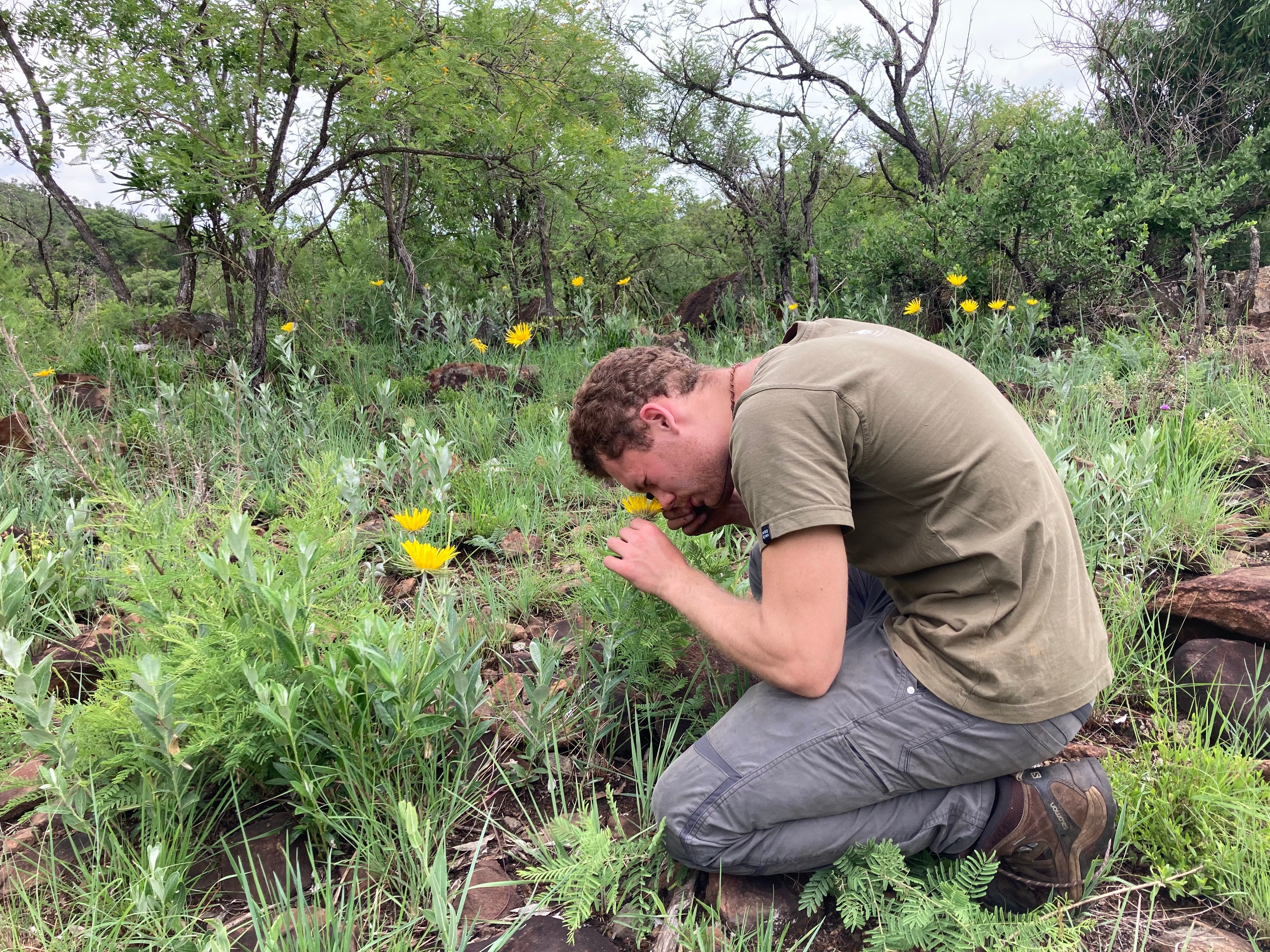
“It was really wonderful to travel with scientists because I got to know so much more about the environment and the landscapes than I otherwise would,” Samojedny said. “I’m very lucky to have Nishi as an advisor and it was great to spend part of fall quarter in South Africa.”
For his part, Rajakaruna said he hopes the relationships Samojedny forged there will be beneficial for years to come.
“This sort of opportunity for global engagement and knowledge-sharing doesn’t come by easily, especially at the undergraduate level, and I was excited to see TJ make the best of it,” Rajakaruna said.
Samojedny has already published two first-author scholarly articles on his independent research with Rajakaruna, which can be read at the following links:
https://www.tandfonline.com/doi/full/10.1080/17550874.2022.2160673
https://link.springer.com/chapter/10.1007/978-981-16-9310-6_13


